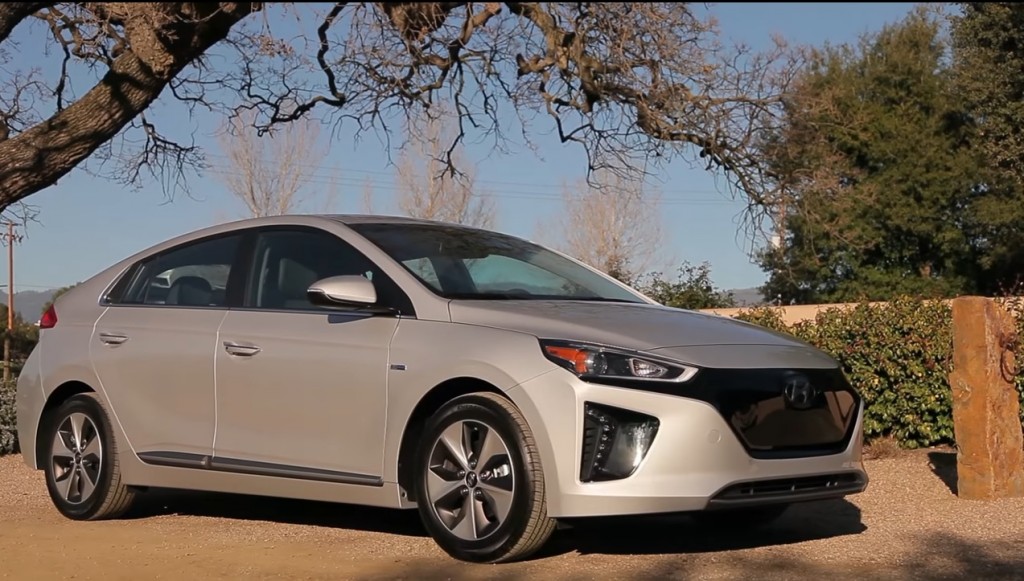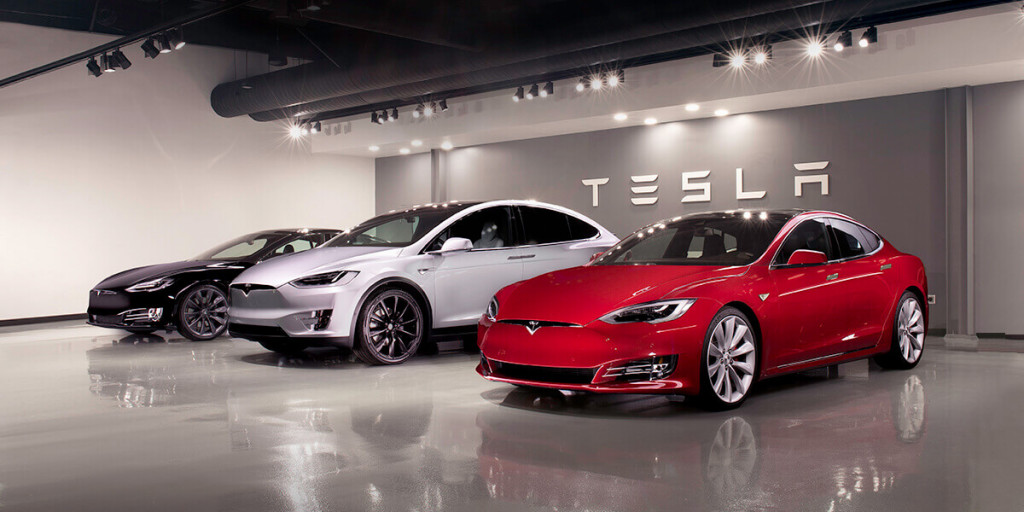Over the last several years, U.S. sales of utility vehicles, from small crossovers to hulking truck-based SUVs, have surged.
Meanwhile, passenger cars—sedans, hatchbacks, the occasional wagon—have stagnated and in many cases, fallen sharply.
Several factors have driven this shift.
DON'T MISS: Where will we see the most electric-car innovation? Twitter poll results
Gasoline is cheap, all-wheel drive has grown increasingly popular on safety grounds, and the high seating position of utility vehicles and the resulting better visibility through other utility vehicles is increasingly popular.
And, importantly, with seven years of rising fuel-economy regulations under our belts, all crossovers, SUVs, and trucks get better gas mileage than they did a decade ago.
Electric cars, however, are largely restricted either to compact hatchbacks or expensive vehicles from luxury brands.
In what segments will electric cars do best by 2025?
— Green Car Reports (@GreenCarReports) March 14, 2018
Consider the Chevrolet Bolt EV, Fiat 500e, Ford Focus Electric, Hyundai Ioniq Electric, Kia Soul EV, Mercedes-Benz B-Class, Nissan Leaf, and Volkswagen e-Golf: all hatchbacks, sized from minicars (the Fiat) to large compact (the Bolt EV).
In due course, carmakers will fit battery-electric powertrains to compact crossovers.
First will come the luxury brands, with the 2019 Jaguar I-Pace and 2019 Audi e-tron soon followed by the Mercedes-Benz EQC and BMW i3X.

2017 Hyundai Ioniq Electric - frame from video road test
Mass-market electric SUVs will come too, with GM brands and Nissan likely to launch some of the first entries within in the next couple of years.
We wanted to see how our Twitter followers felt the market might segment out, so our latest poll asks which segments participants feel will have the highest penetration of electric cars by 2025.
That year is a full model cycle away from the current 2018 and 2019 model years, so it allows for an entire new generation of plug-in vehicles.
READ THIS: What will get more people to consider electric cars? Twitter poll results
Technically, the poll incorporates both battery-electric entries and plug-in hybrid models—allowing room for, say, the rumored third-generation Volt, which may migrate from a hatchback to a small utility vehicle in 2022 or so.
We broke down the choices into groups, though they're not all mutually exclusive segments.
The three vehicle-type choices are sedans and hatchbacks (or passenger cars under outdated NHTSA definitions), small crossovers and SUVs, and pickup trucks and minivans.

2018 Tesla Model S and 2018 Tesla Model X
Will future electric-car sales follow the market split, with a surge of plug-in electric crossovers when they're available? We're curious to see what our poll participants say.
We also added "luxury vehicles" as a fourth category, split largely by price and brand image rather than by vehicle type.
CHECK OUT: Where will EVs have the highest market share in 2025? Poll results
In part, that's because Tesla's remarkable sales of 300,000 pricey electric Model S and Model X vehicles to date is about to generate a host of competitors from its traditional luxury rivals: Audi, BMW, Jaguar, and Mercedes-Benz (though likely not Toyota's Lexus).
As always, please note that our Twitter polls are far from scientifically valid, due to small sample size and self-selection by those who choose to participate.













